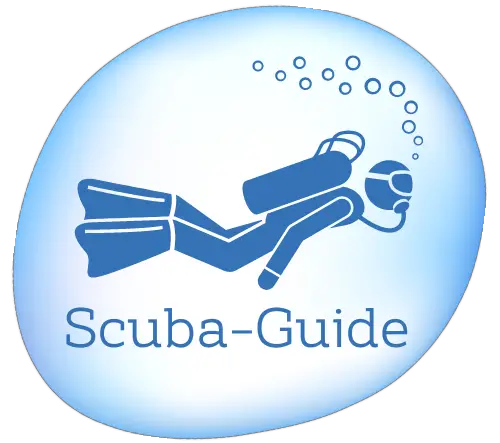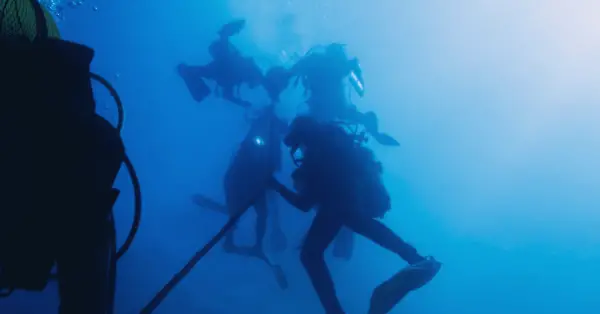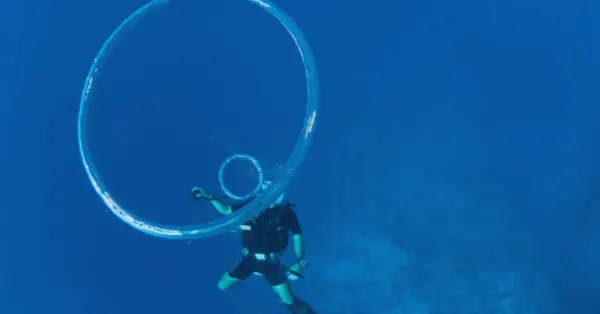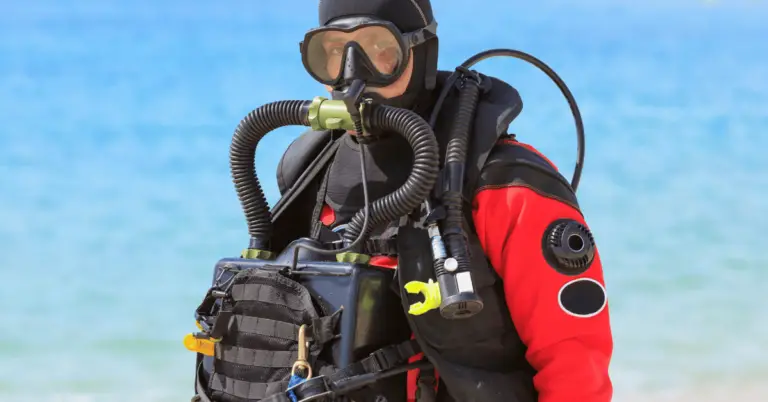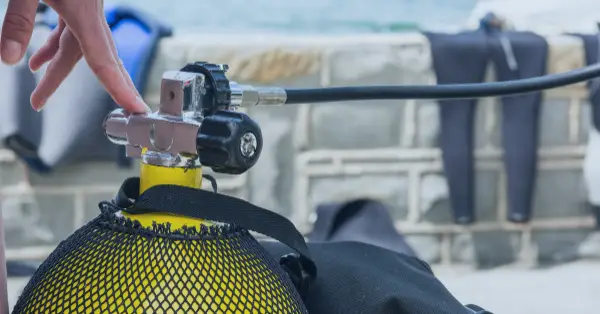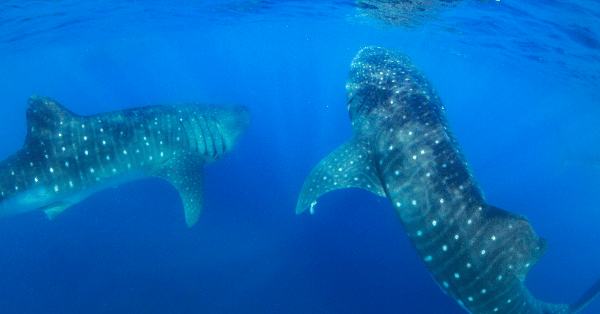What are the Bends in Diving & how to avoid decompression sickness
If you’re a scuba diver, you’ve heard of decompression sickness or the bends. It’s a nightmare for divers and can be deadly if not treated properly.
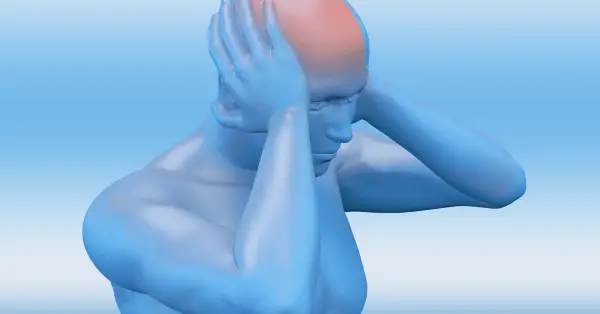
What are the bends (decompression sickness) in diving?
Decompression sickness (DCS) is a condition caused by rapid changes in air pressure and nitrogen buildup in the body when divers ascend too quickly to the surface. When a diver dives deep underwater, they are exposed to increased levels of nitrogen gas, which is absorbed into their bodies while they dive. As they ascend too quickly, this excess nitrogen can’t escape fast enough, causing bubbles to form in their body tissues and major joints. This is what causes the painful symptoms associated with decompression sickness. DCS is one of the most present risks of scuba diving.
Symptoms of the scuba diving bends
The most common symptom of decompression sickness is joint pain, especially in the shoulders, elbows, and knees. Other symptoms include fatigue, dizziness, confusion, nausea, shortness of breath, headaches, and neurological signs such as numbness or tingling. In extreme cases, paralysis and death can occur if not treated quickly.
If you do experience symptoms of decompression illness, get to a medical professional as soon as possible. Treatment may include recompression therapy where the diver is placed in a hyperbaric chamber (also called DECOM chamber) that simulates deep sea pressure, or oxygen therapy to help dissolve trapped nitrogen bubbles in the bloodstream.
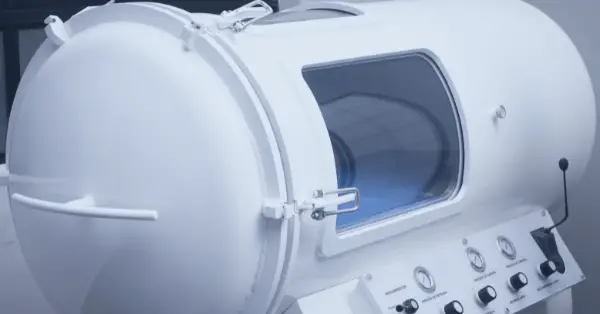
How to avoid the bends in scuba diving?
The best way to avoid decompression sickness is to ascend slowly and follow all safety protocols when diving. Make sure you plan your dive well in advance, checking the water temperature, visibility, and other potential hazards before entering the water. It is also important to pay attention to your body and watch for any signs of distress. A slow rate of ascent and a safety stop are two of the most important factors to avoid the bends in scuba diving.
Symptoms of the bends can also occur while diving, well before reaching the surface. They can also happen by altering your depth levels too fast – rapid continuous descending and ascending. For example, when divers try to chase an interesting animal like a turtle or shark to get the best view or picture.
How can the safety stop prevent decompression sickness?
A safety stop is a precautionary measure taken by divers to prevent decompression sickness. It involves halting at a shallow depth (usually around 19 feet/6 meters) and swimming in place or making circles for several minutes while allowing the nitrogen levels in your body to equalize. In recreational diving, this stop is usually between 3 and 5 minutes. This helps avoid a fast ascent, which can lead to decompression sickness. Safety stops are mandatory at every dive. The required time needed for the safety stop is depending on the maximum depth and bottom time of your dive. It can be calculated from a specific table. Technologies like your dive computer or smartphone apps can help you plan your dive properly. Dive computers also measure the safety stop and signal the remaining time before it’s safe to fully ascend to the surface.
Do surface intervals reduce the risk of scuba diving bends?
Surface intervals are periods of rest between two dives, where divers wait at the surface until they’re ready to dive again. During this time, a diver is allowed to release gases like nitrogen from the body and reduce their risk of decompression sickness.
It is important to note, that after every dive, your body still has a higher-than-usual level of nitrogen in its system. Over time at the surface, the nitrogen level stabilizes. On sea level pressure, it may take up to 24 hours after recreational diving for your body to release all nitrogen.
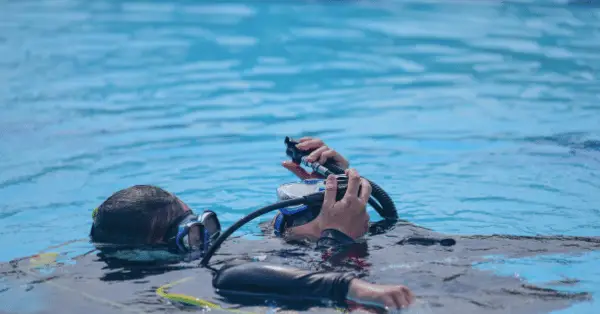
How does high altitude impact the bends (decompression sickness)?
High altitude can significantly increase the risk of getting decompression sickness. The air pressure at high altitudes is lower and there is less oxygen in the air, making it harder for nitrogen to dissipate from the body. This increases the likelihood that divers will experience symptoms of decompression sickness if they ascend too quickly. Additionally, cold temperatures at high altitudes can reduce the amount of oxygen available in the air, increasing the risk even further. It is important for divers to be aware of these factors and plan their dives accordingly. Additionally, they should always allow adequate time for safety stops when at altitudes higher than 3,280 feet (1,000 meters). When scuba diving at high altitudes, it is also important to use a higher grade of oxygen (enriched air) to help prevent decompression sickness.
No flight time after scuba diving
is also recommended to help reduce the risk of decompression sickness. The effects of low cabin pressure in an airplane can further increase the chances of developing symptoms associated with decompression sickness if a diver has not allowed enough time for their body to equalize. It is best to wait at least 24 hours after diving before taking any flight.
Can you die from the scuba diving bends?
Decompression sickness can be fatal if it is not treated in time. It is important for divers to be aware of the signs and symptoms associated with this condition and seek immediate medical attention if they experience any of them. The sooner a diver gets treatment, the better their chances of recovery will be.
Early treatment can reduce the severity of symptoms, prevent long-term damage and even save lives. However, there are still cases where a diver may not survive due to complications from decompression sickness.
Symptoms of the bends can already occure while underwater and can cause erros or cause panicing further increasing the chances of dying from DCS.
The bends can be scary, but with proper precautions and safety measures in place, you can enjoy your diving adventures without worry! Knowing the signs of decompression sickness is key to preserving your health underwater. Remember, dive safe and enjoy the beauty of the deep blue.
